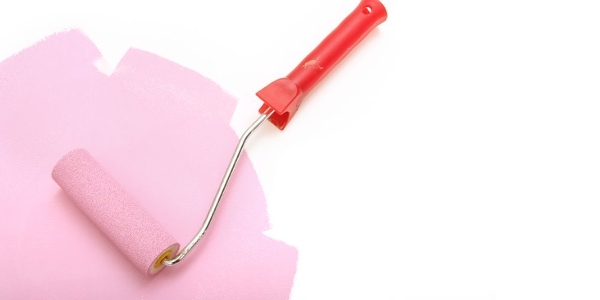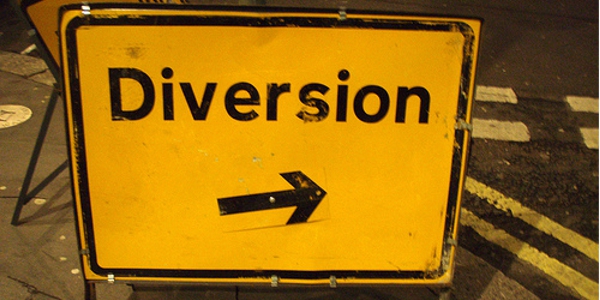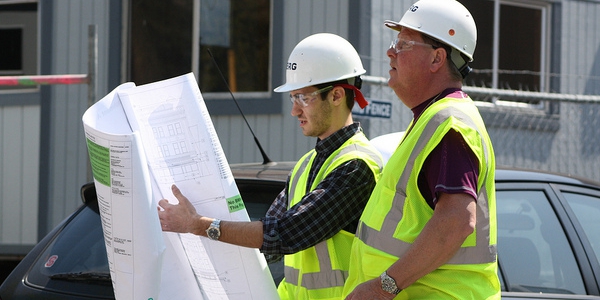So you’ve decided to redesign your website. Perhaps its look and feel was getting a bit stale, or perhaps you simply needed to upgrade the version of the Content Management System (CMS) that drives your website. Whatever the reason’s, its website redesign time!
Before you plunge into changing the look and feel of the website, along with page content, pause a little bit. Mistakes made at this juncture can be costly to your website, for example, you may end up bringing the website down in Search Engine Result Page ranking (SERPs) which can have a direct, negative, impact on the income being obtained via the website.
Now is a really good time, not to rush into website redesign and page content changes. It’s actually time to take careful stock of what’s good and – not so good – about the website and document this as a M.S. Word or within an Excel spread sheet.
Make a careful list of each:
- Page Title ( As it appears in the Browser’s Title Bar )
- Page Content Header ( The content appears between <h1> and </h1> on the page and where this appears )
- The Keywords ( The keywords sprinkled within each page’s content )
- The ratio / proportion of Keywords ( Sprinkled within page content / Number of words within content itself )
- Standard On Page, Search Engine Optimization stuff.
The website redesign and page content updation must handle these areas of a webpage carefully otherwise the redesign can and will result in a dramatic downgrade in SERPs.
Please do not underestimate the value of existing indexed pages.
If possible/affordable, run all website upgrade ideas past an SEO consultant.
Risks To Current Page Rank In SERPs
Always be alert to the fact that search engine, result page ranking can swiftly go southwards as a consequence of simply not planning and executing strategies to overcome such threats.
Page Redirection
If the folder structure of the website will be changed and web pages that have been indexed relocated, there will be a large number of 404 Page Not Found errors when site visitors attempt to access webpage via the links in search engine result pages. This is bad for business.
To prevent this you can do the following:
-
Top-Ranking Pages:
These pages should be identified, document and preserved. There physical position within the website must never be changed. Only then their look and feel and/or content can be upgraded.
-
301 Redirects:
All webpages that have been relocated to new folders during the planned redesign should have 301 redirects placed within the .htaccess file which should exist in the root folder.
If 302 Redirect calls are not placed in the .htaccess file then there is going to be quite a bit of chaos. All indexed (and hopefully well ranked) internal pages will suddenly generate 404 Page Not Found errors. This will disappear only after the Search Engine re-index the website, but this can and does take quite a bit of time. Site visitors that have book marked your website pages will also get 404 Page Not Found errors. Most deep links to webpages will go for a toss as well.
-
Optimized On-Page Content:
Ensure that all previously Search Engine Optimized ‘Page content’ is moved to the corresponding new pages.
-
Image Alt text:
Ensure that all image tags have, SE optimized alt text added. Especially if there has is intensive image replacement.
-
Page Meta-tags:
- Ensure that Browser ‘Title information’ and Page content ‘Headline’ information are mapped
- Ensure that all webpages have appropriate descriptions. Avoid duplicate descriptions please
- Ensure that appropriate keywords are sprinkled within their corresponding page content
- Ensure that the ratio/proportion of Keywords to content never exceeds 3%.
-
The Website Sitemap:
Ensure that the website have a well formatted XML sitemap available.
Failure to do the above, forces Google’s search engine spiders and bots to start from zero!, for your spanking new website. They are forced to reassess the intent and purpose of the website. None of the website’s good elements have been preserver.
A steep drop in Search Engine Result Page results is inevitable.
Rebranding Your Website
Here be pretty careful. Most branding consultants have come from a ‘Brick and Mortar’ back ground. All to often they have a minimal understanding of Search Engine Result Page issues. While this is slowly changing (and branding consultant mature in the Internet domain) many a time branding consultants have little or no respect of your 10 year old domain name.
Hence, any suggestion to drop your aged/mature domain name in favor of a new ‘Very Trendy’ domain name must be stoutly resisted. If not, there is a sever risk to a sharp decline in SERP rank.
Website – Inbound Links
While domain 302 redirects in a .htaccess file can redirect all traffic appropriately, what 302 redirects cannot do is handle incoming links ( i.e. backlinks ). These are links created on external websites that point to page(s) on your website. In this case if your page location changes, then unless each such external website makes a corresponding <a href=”{New Domain URL}”></a> change these are going to be – Dead inbound links.
Over time search engines will axe such these links from within their indexes resulting in a definite down grade of the website’s SERP rank.
As an example, during a specific website upgrade it was noticed that just prior the upgrade the website had 4000+ backlinks, giving it a great page rank and a great SERP rank. After the (largely unplanned!) upgrade, the number of such incoming back links dropped to 114. While this maybe an extreme case, often while documenting and planning website upgrades, numbers similar to these come up especially if the website is more than 5-10 years old.
Careful documentation and planning prior an upgrade can definitely help contain this.
Qualities To Look For In The Website Rebuilders
When rebuilding a mature website, especially one that is generating and income, make sure that a designer / developer is chosen who:
- Comprehends the importance of the old website’s content
- Understands ( and is careful of ) On page and off page SEO aspects of the old website’s content
- Ensures that fundamental SEO elements are maintained / included in the redesign
Since the website is yours and will generate a steady, regular income for you, do ensure that:
- Any SEO module is loaded / activated and configured correctly
- If a CMS is in use its Privacy settings are not set to – I would like to block search engines, but allow normal visitors
- Do not have JavaScript based menu items that Search Engines cannot penetrate. This will result in no internal pages indexed
- Avoid Flash based menu items. They are a ton worse than Javascript based menu items from an SE’s point of view. SE’s cannot penetrate Flash based menus. This will result in no internal pages indexed
- Flash based Splash / Intro page, with a single link to the Home page. For a search engine this results in a Home page with zero content.
- No website sitemap? Disastrous, from a search engines perspective.
BTW, If you are deliberately setting out to kill off a website, 1 to 6 are very effective ways of doing so.
If you are going to rebuild your website, or (worse) pay someone else to do it, please ensure that the person responsible for making changes:
- Understands the power of existing back links
- Knows how to deal with back links that will change due to website restructuring
- Is willing to share the documentation done with you
- Is willing to explain the documentation to you
- Is willing to give you acceptable answers to the questions you raise
After all it’s your website and you are paying for the changes!
Failing to plan is planning for failure!!!
You Do Need Google And All Other Search Engines
It is ever so likely that your major incoming website traffic is delivered by search engines. You simply have to play by their rules (what little is known of SE rules). It’s impossible to change global reality to fit your perception. You simply have to adapt or – you will be irrelevant.
Some Basic New Site SEO Requirements
Search Engine Friendly URLs:
Ensure that all Page File Names are explicit, keyword-rich, with appropriate Page Title and Page Heading
Description Tag:
Independent and unique page descriptions for each webpage are essential.
Keyword Tag:
Independent and unique page Keywords need to be embedded within the Keyword Meta tag
Image File Names:
As far as possible have keyword-rich image names
Image ALT Text:
Ensure keyword rich image file names. These are important supporting elements of page content
Menu Item Names:
Independent of page Headings
Page Headings:
Formatted in H1, H2, H3 HTML tags, independent of menu item names
Ensure that the following files are in place:
- Robots.txt: with a link to the XML sitemap
- Sitemap: XML, plus HTML
- Custom 404 Error Page: standard page template, full menu etc.
Make sure that the basic Hosting issues are sorted:
- www vs. non-www: Always use full canonical domain name, and prevent duplicate content being indexed
- Hosting: Correct country TLD – or correct country hosting
___________________________________________________________________
Thank you to my Guest Post Author: Ivan Bayross of OpenSourceVarsity.com
Ivan is a 59year old published technical author and mentor.
___________________________________________________________________





CommentLuv vs Disqus – Why I Don’t Use CommentLuv!